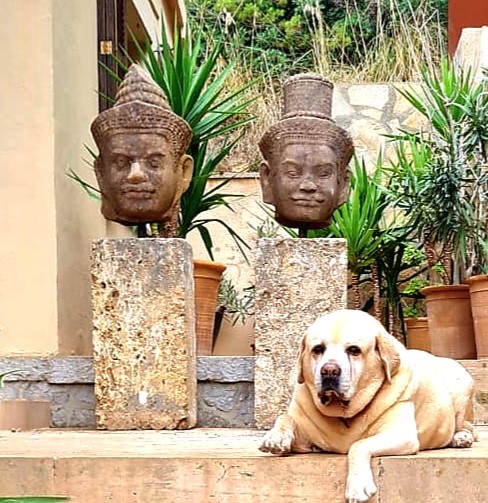Want to visit our warehouse directly: +34 971 62 09 44
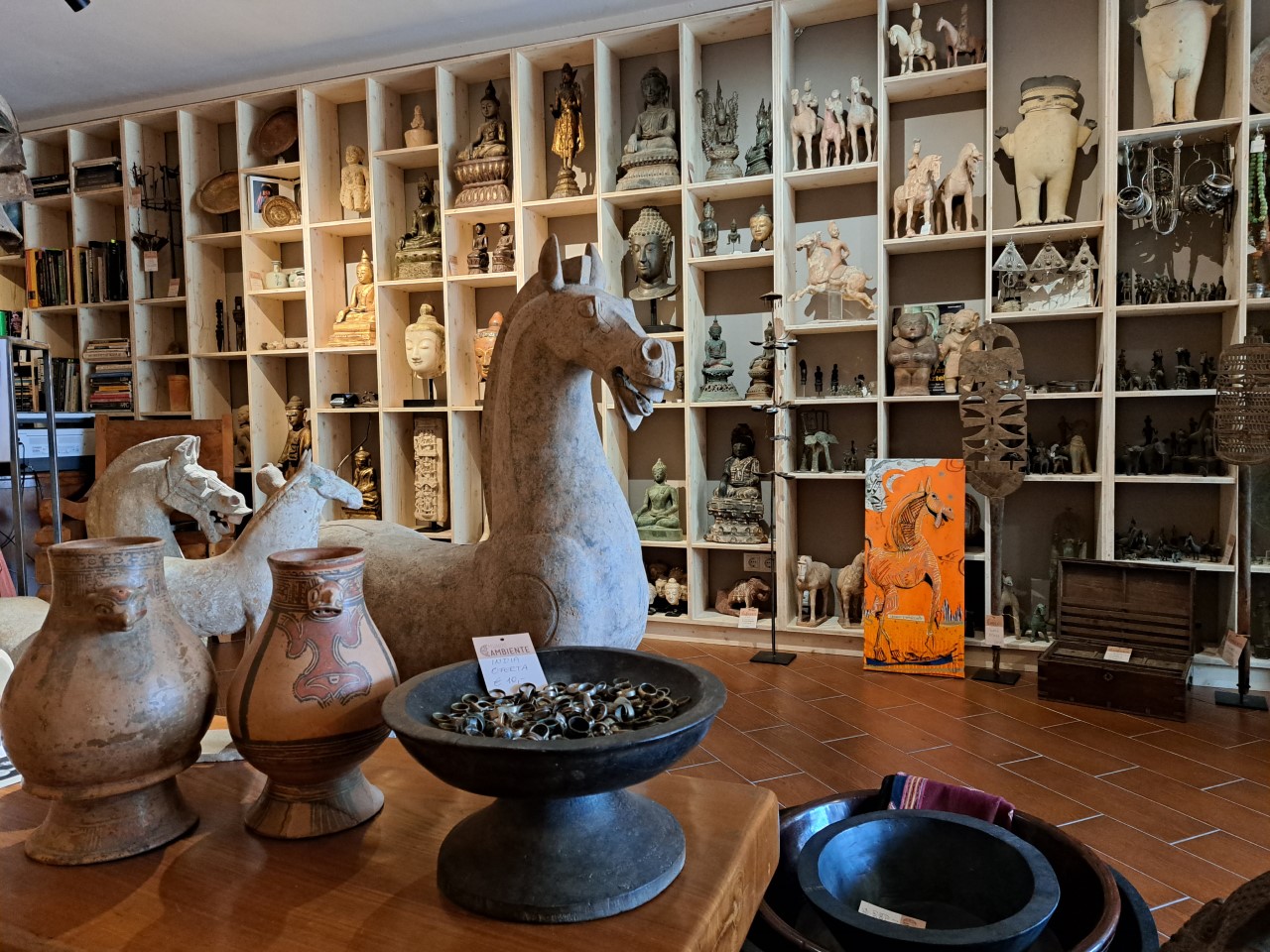
Art of Ancient Cultures
ABOUT US
Exclusive unique pieces of old cultures. Objects for collectors and exotic pieces of art for home and garden.
Masks and Sculptures
Africa
Gabon
Gabon is a country in Central Africa known for its white masks and figures with the famous heart-shaped face.
Fang
Fang art is used today as a symbol for the entire nation. It is known and famous for its reliquary figures, heads and masks. The white mask of the Ngil covenant is used in the fight against sorcerers and witches and is extremely stylized and abstracted. The dark patinated guardian figures (Bieri figures) are available in many different styles and are characterized by round eyes, a heart-shaped face and often crossed arms.
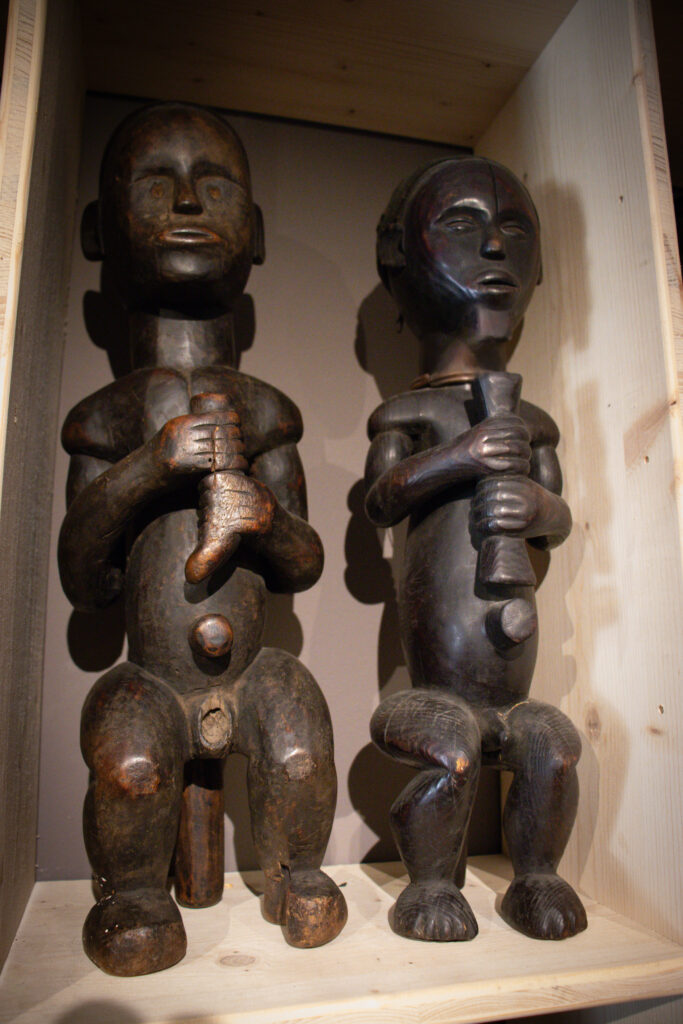
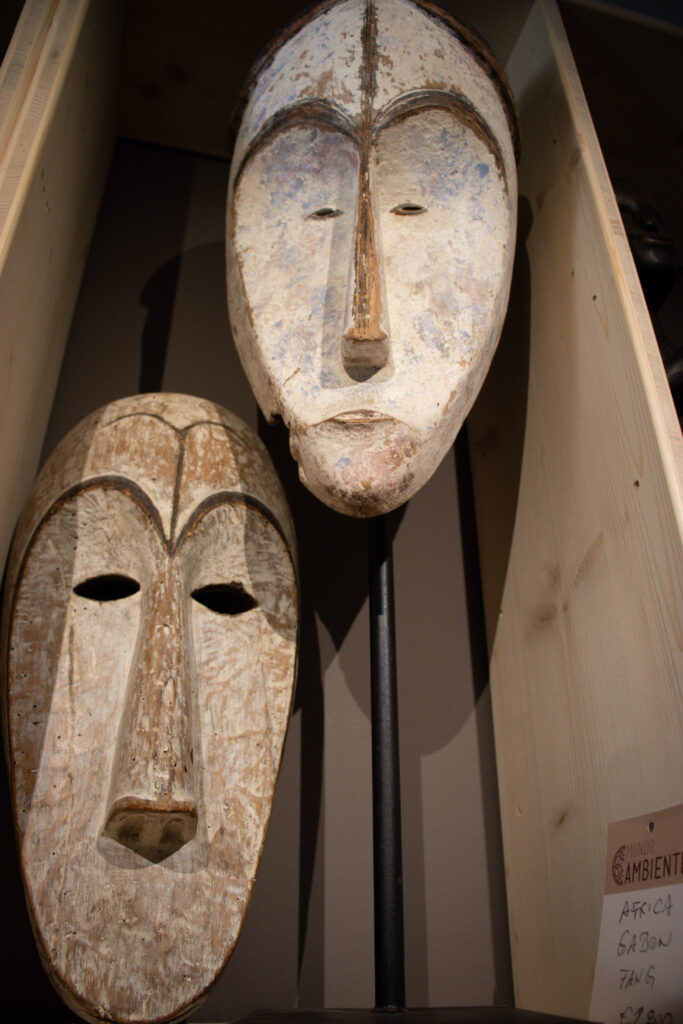
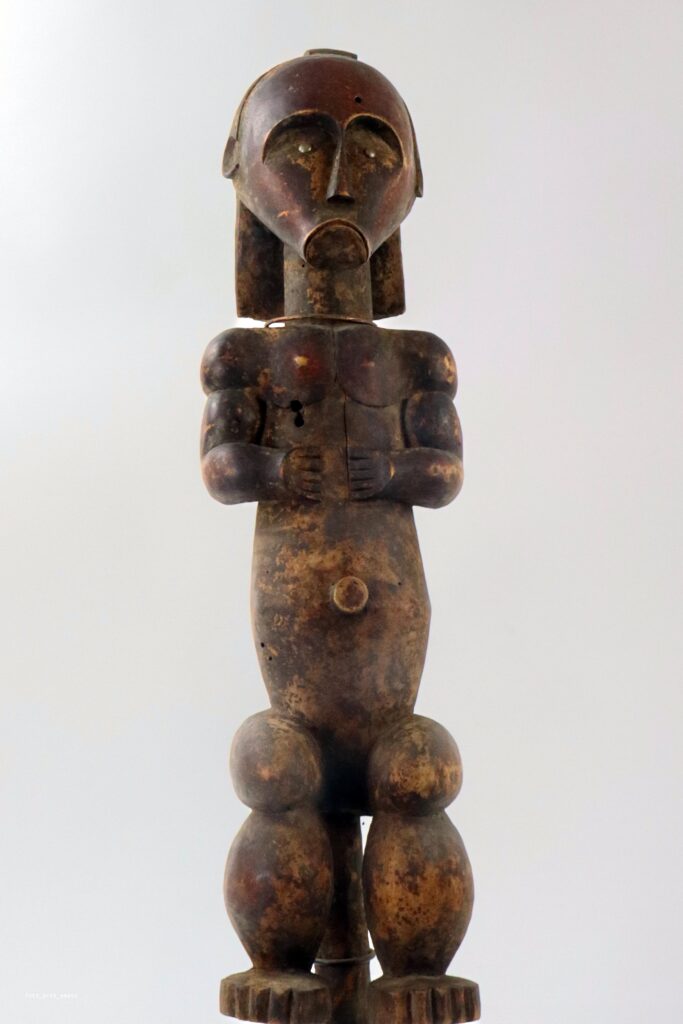
Vouvi
Also belong to the Fang ethnic group; their masks, (bwiti), mainly initiation masks, contain greatly simplified features.
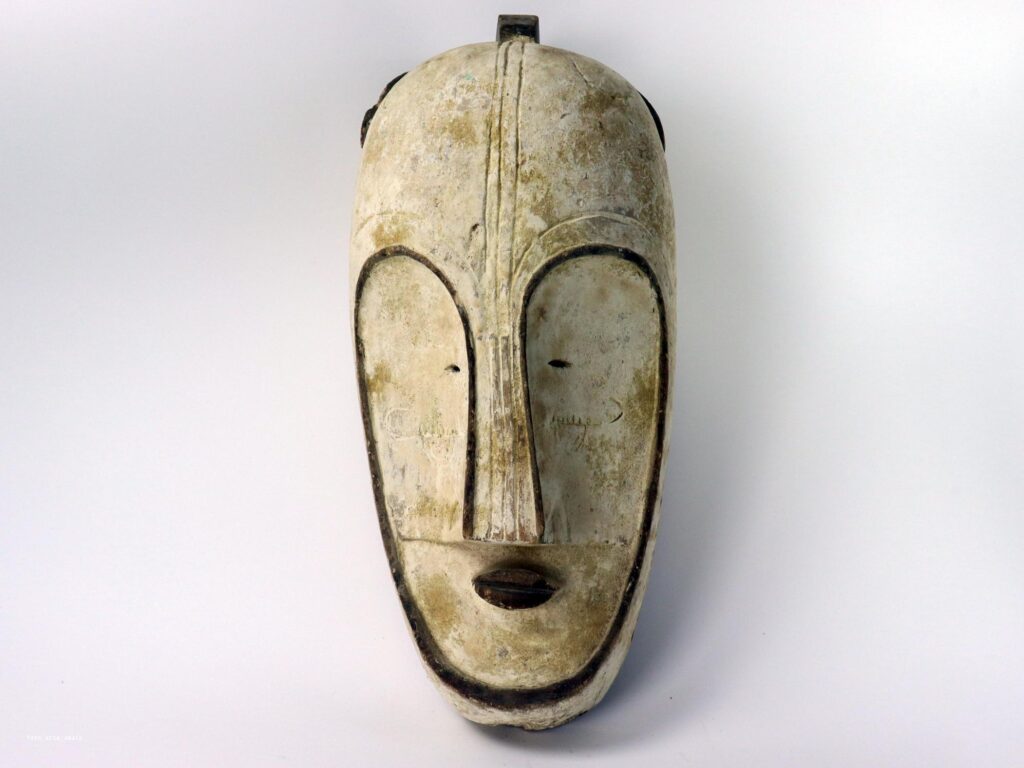
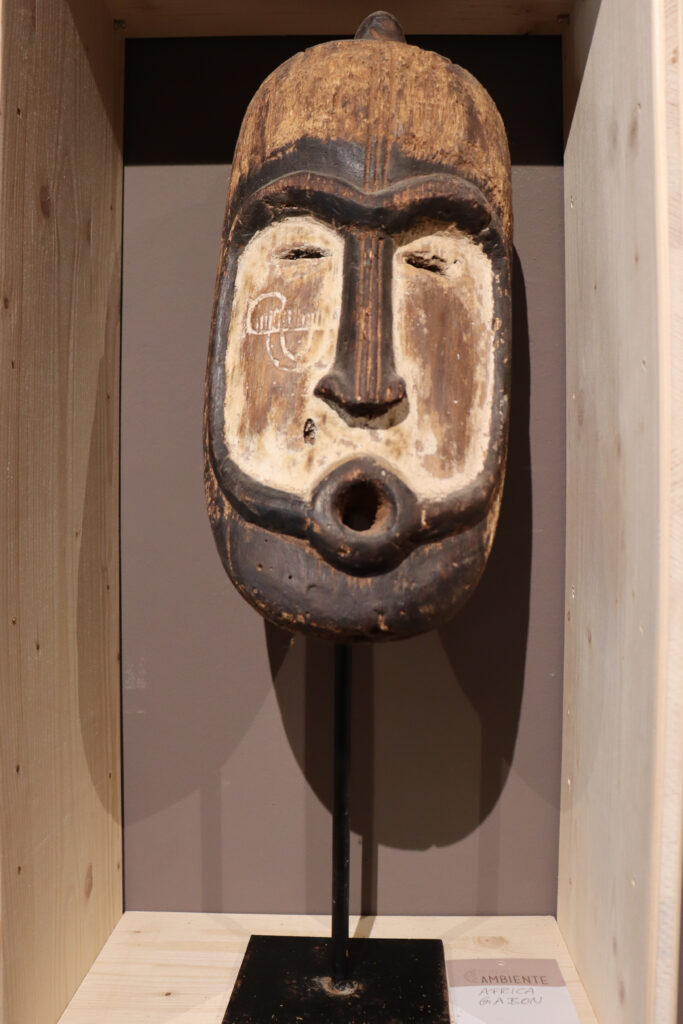

Punu
Typical white mask, called Okuyi mask; represents a beautiful girl who comes from the afterlife; visits the living with friendly and benevolent intentions; often almost Asian facial features; color white stands for death; worn by men on 2m high stilts during ritual ceremonies.
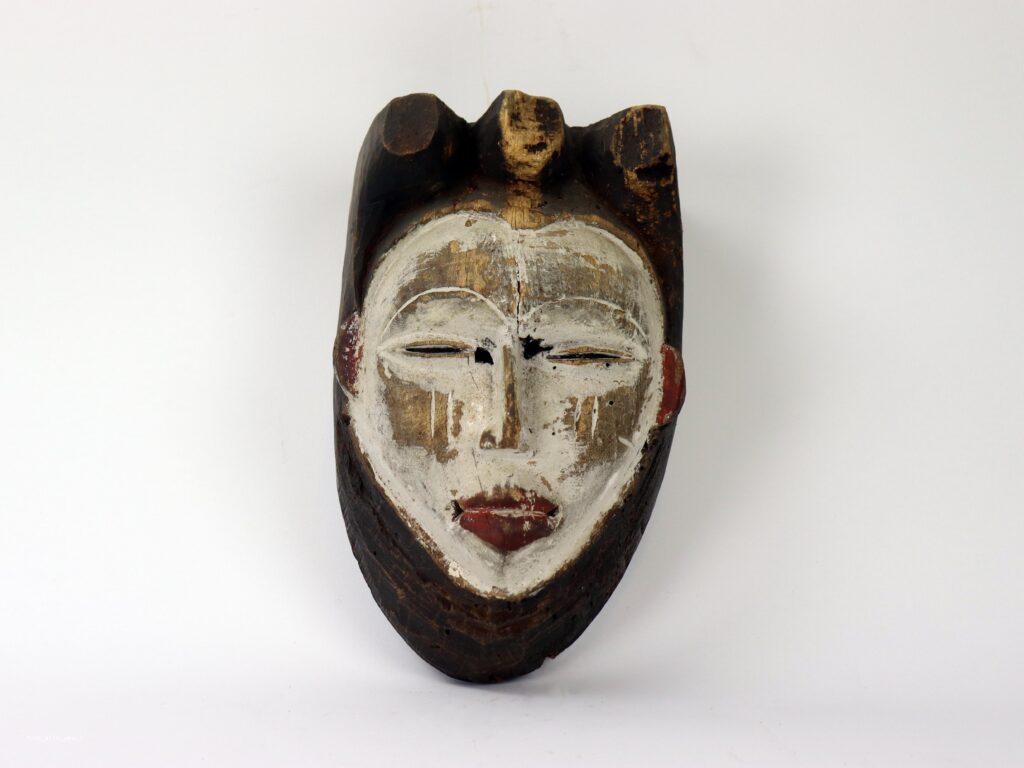
Ivory Coast
Baule
Baule are masterful carvers of figures and masks; are known for their tattoos or scars, from simple strokes to fanciful patterns; scar images served as identification marks for some tribes; the navel is often the focus of the tattoo ornaments; ancestor figure.


Nigeria
Yoruba
In general: the art of this tribe represents one of the pillars of classical African art; the multi-layered religious development resulted in a multitude of rites and associated cultic objects.
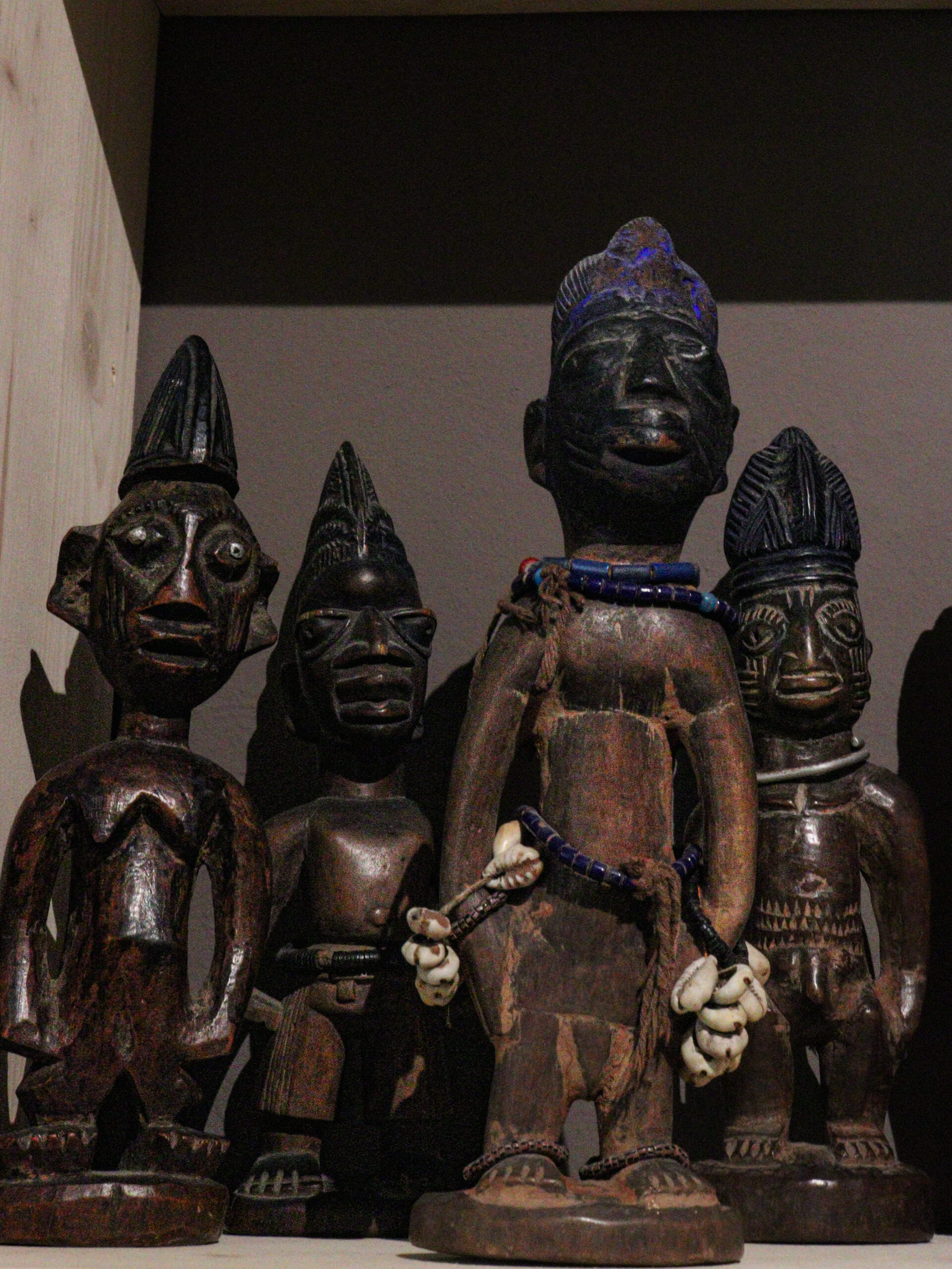
Ibedji, twin figures: a special feature of the Yoruba is the worship of twin figures; high rate of twin births and thus high rate of infant mortality led to the death of individual twins. The above-mentioned figures take their place, are carefully cared for by the mother in order to avert disaster. The figures are worshipped on private altars and sometimes also carried on journeys.

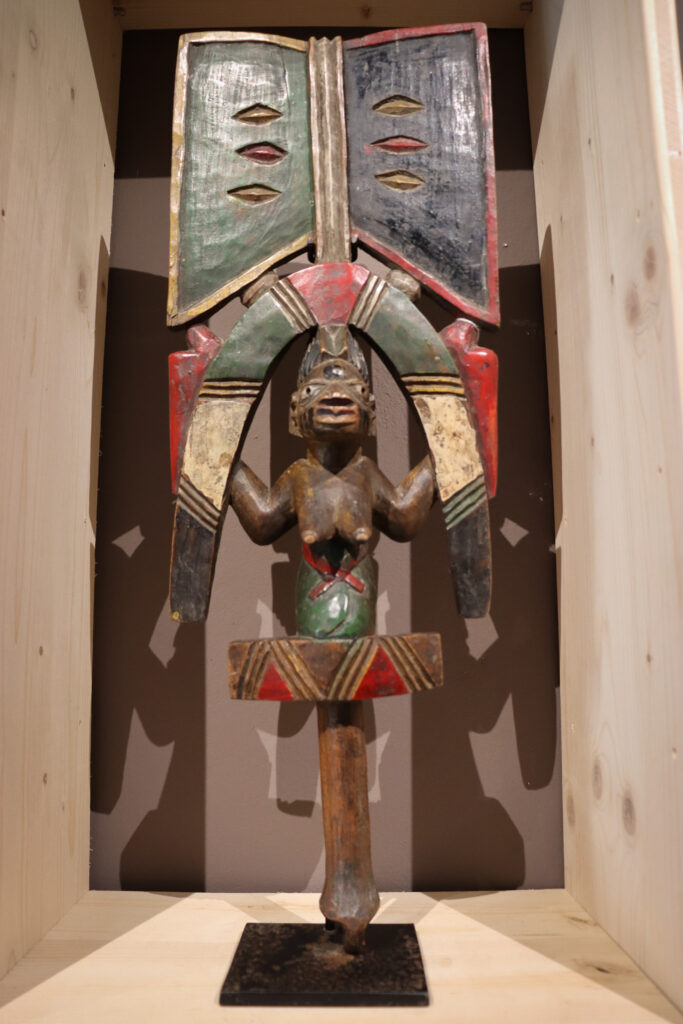
These mostly female figures are fertility symbols and are found in sacred temples of various deities.
Ibo
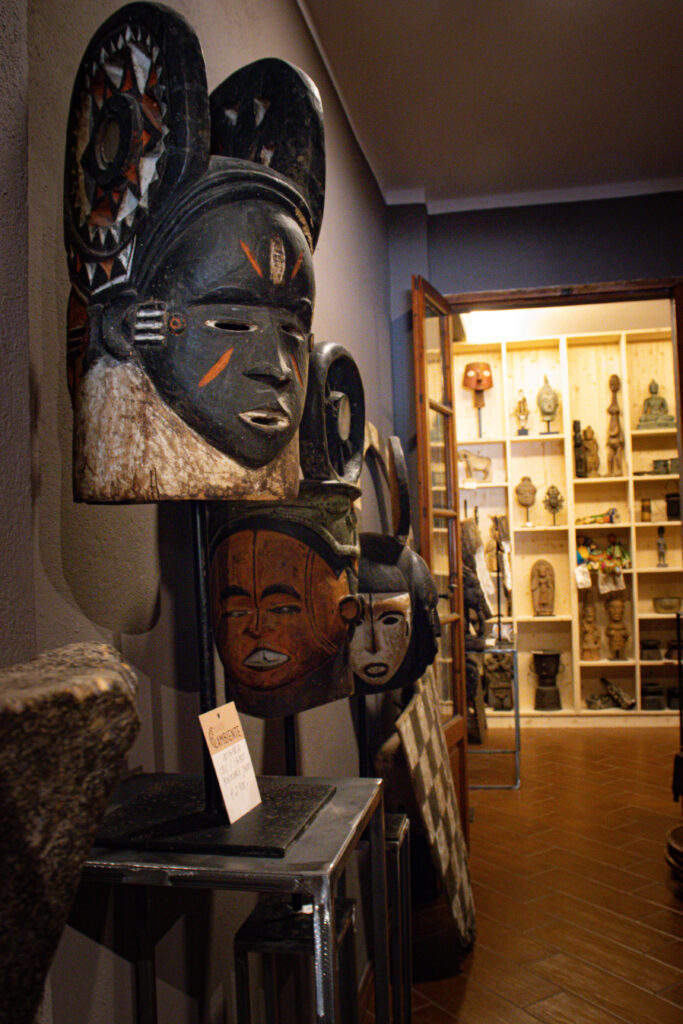
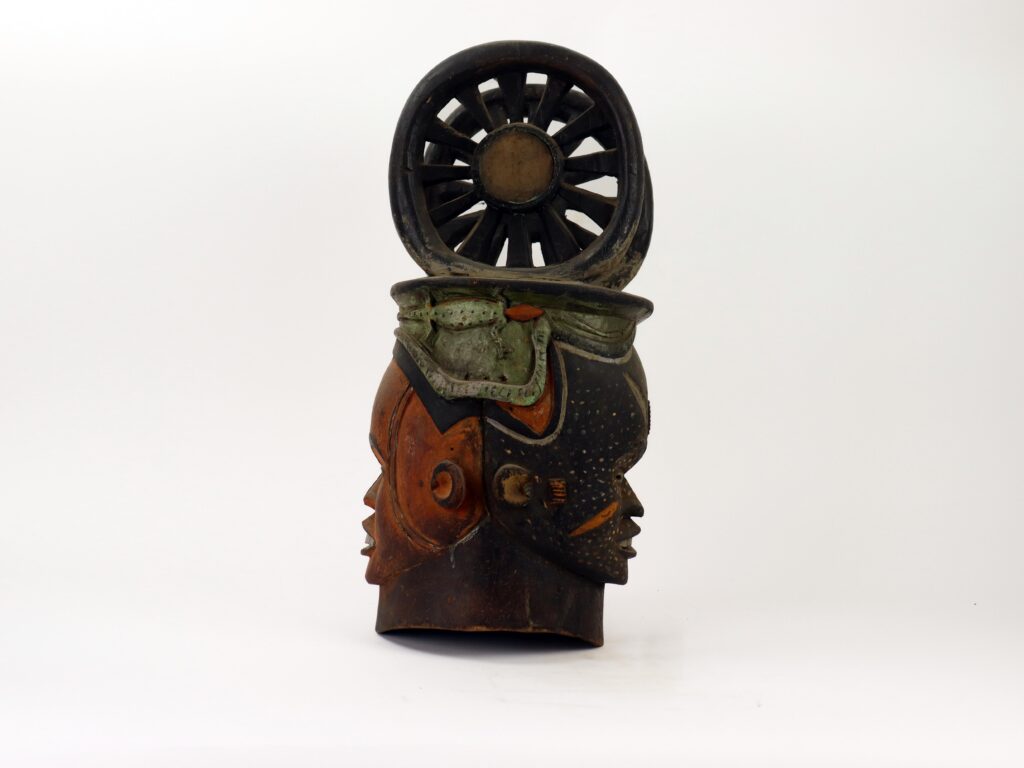
Known for Janos masks (2 faces); represent important ancestors; light wood; lateral sun wheels, partly with square mirrors; the ancestor cult is of great importance. Mask dancers who are united in special secret societies.
Mumuye
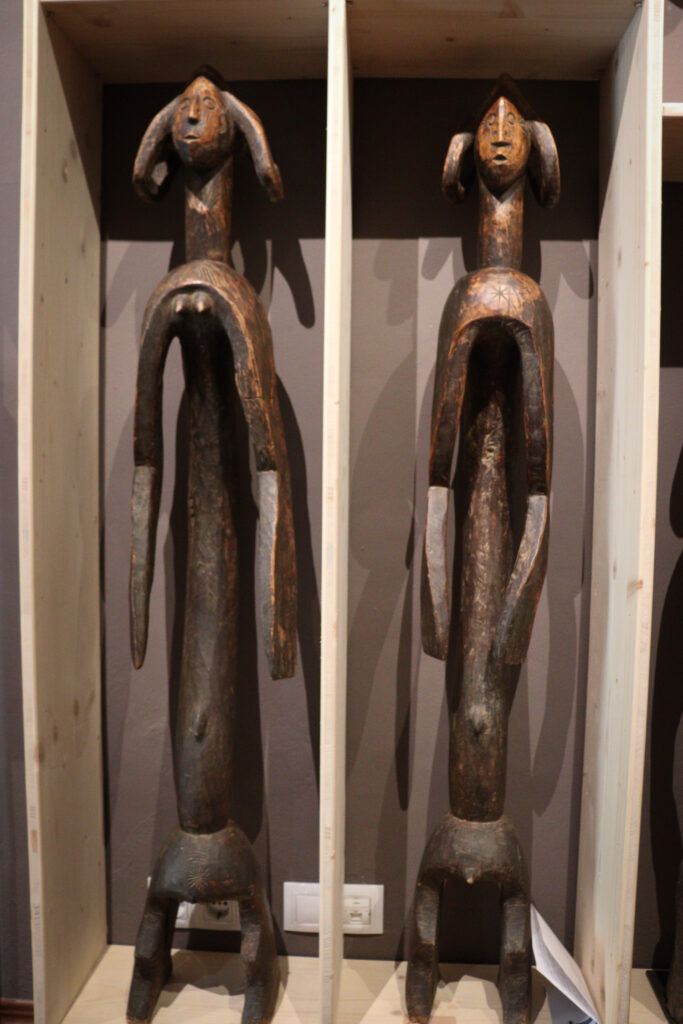
This standing figure is called “Jagalagana”. Known since the 60s. These are special ancestral figures that appeared as protectors of the house and its inhabitants and in court. They also provided fertile rain by being placed near the hut of a rainmaker. Powerful and long arms, schematized short legs, small head on a long neck; characteristic hairstyle, shoulder-arm-part and pelvis contain three times the same rhythmic movement.
Mali
Dogon
Mythical equestrian figure; corresponds to the classical style of the Dogon; made from one piece. The Dogon are also famous for their cubist box-like masks, as well as their special ironwork. Their figures, pairs of ancestors and equestrian figures are among the best that African art has produced;
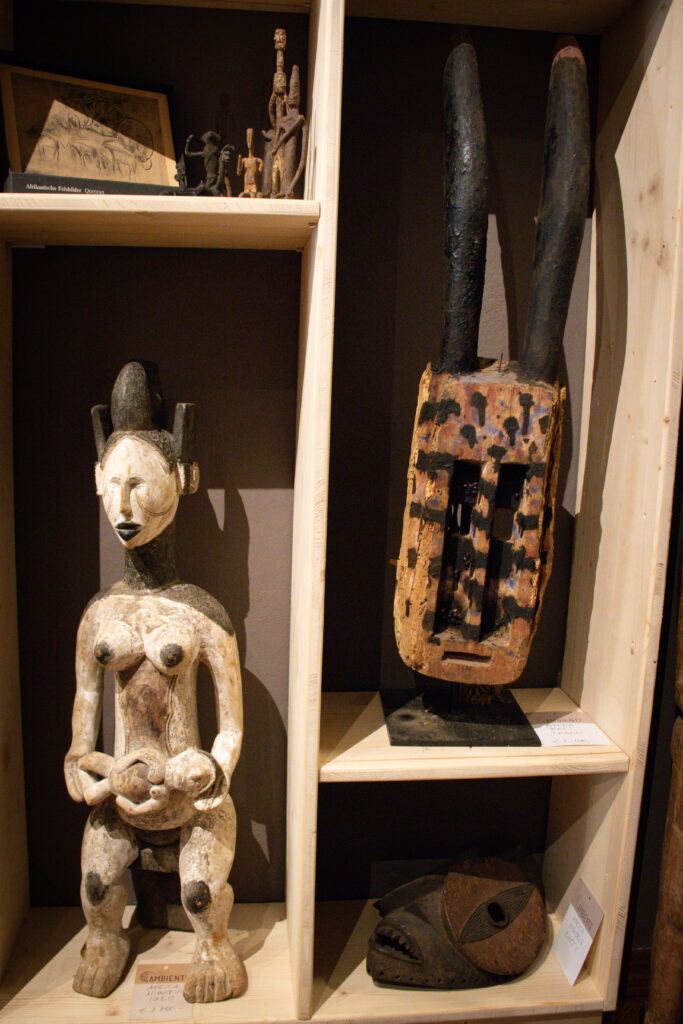
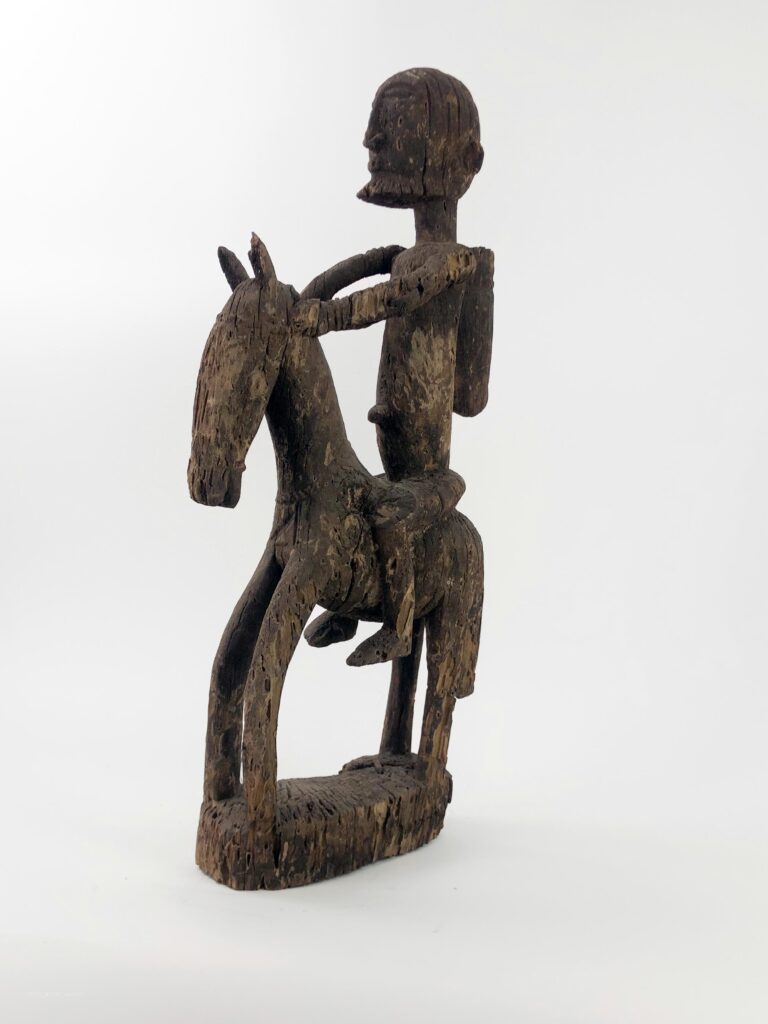
Statues and Sculptures
Asia
Cambodia
Khmer
Khmer o. Angkor Empire: name for Cambodia from the 9th to 15th century are the largest ethnic group in Cambodia. Buddhism becomes the state religion. They built temples and temple cities that are among the largest in the world. (e.g. Angkor)
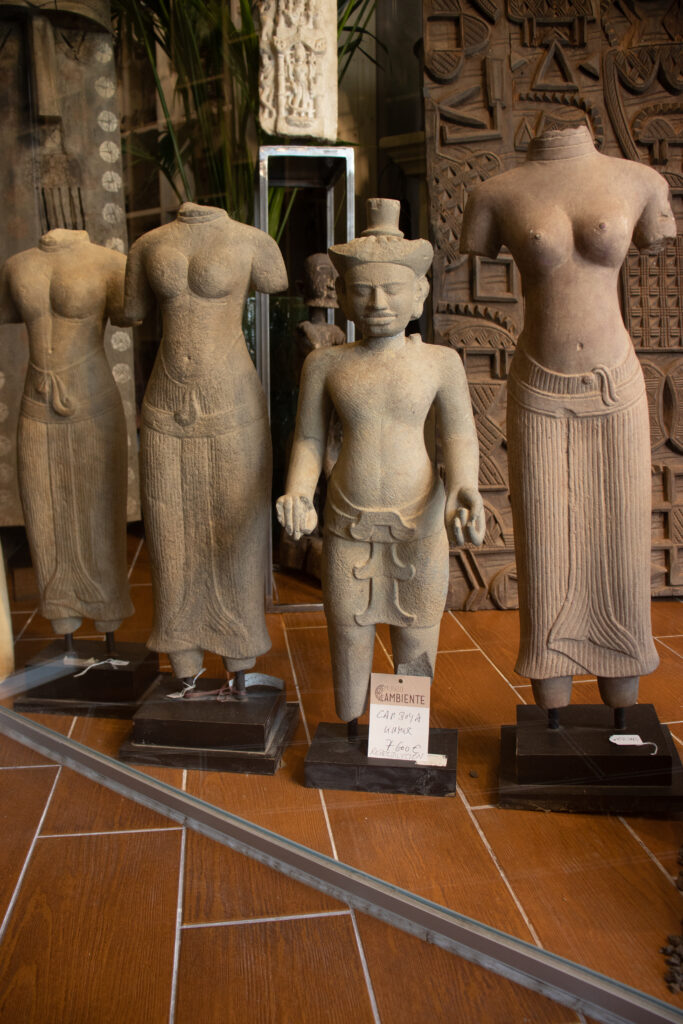
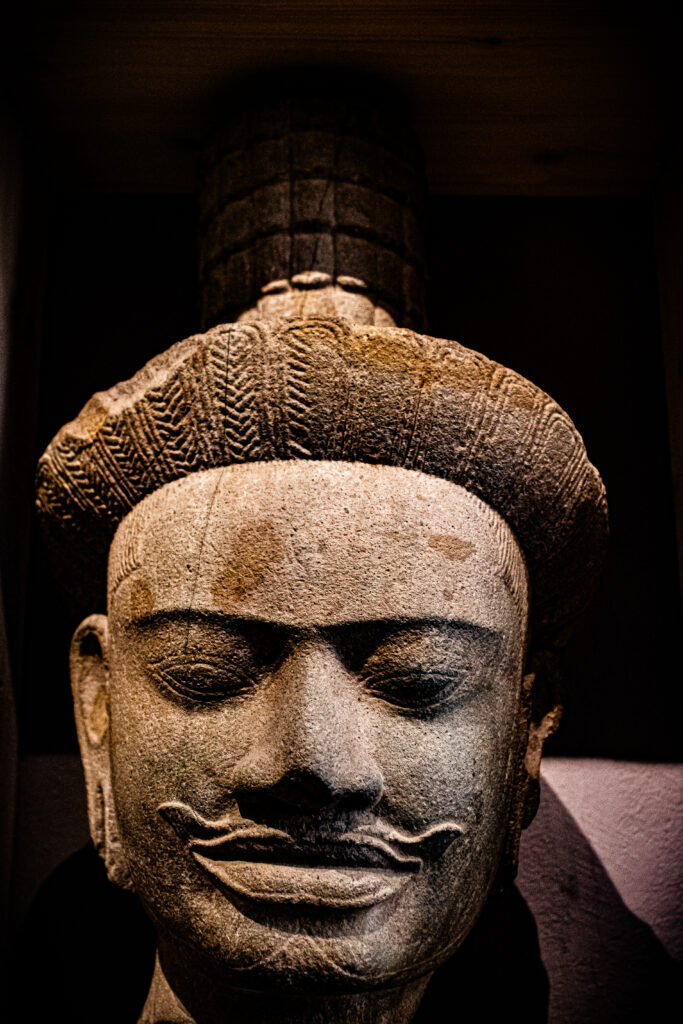
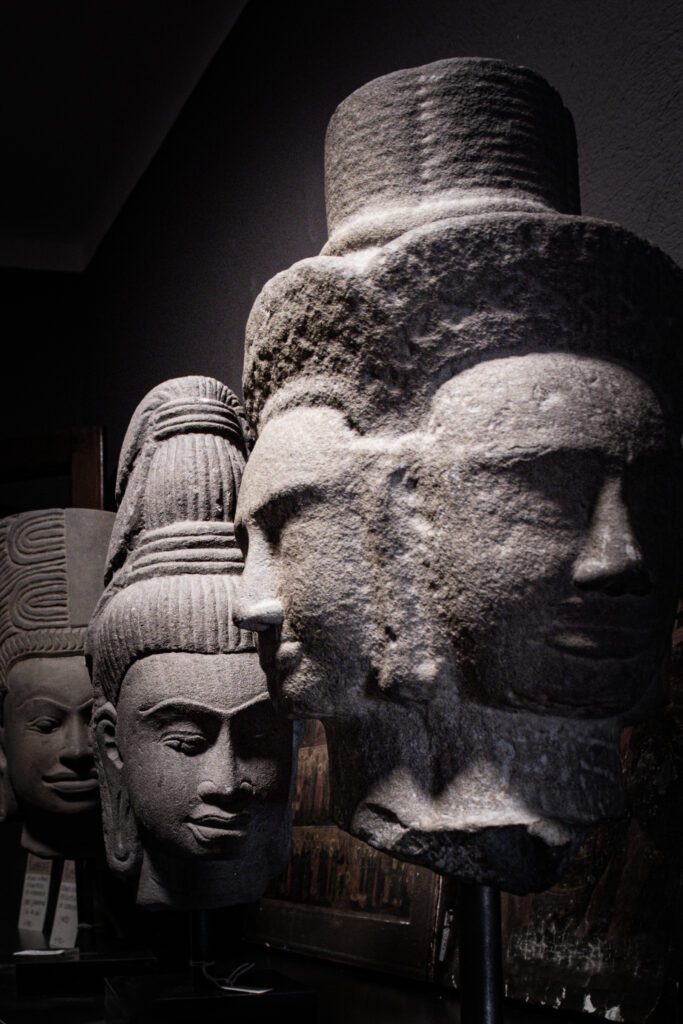
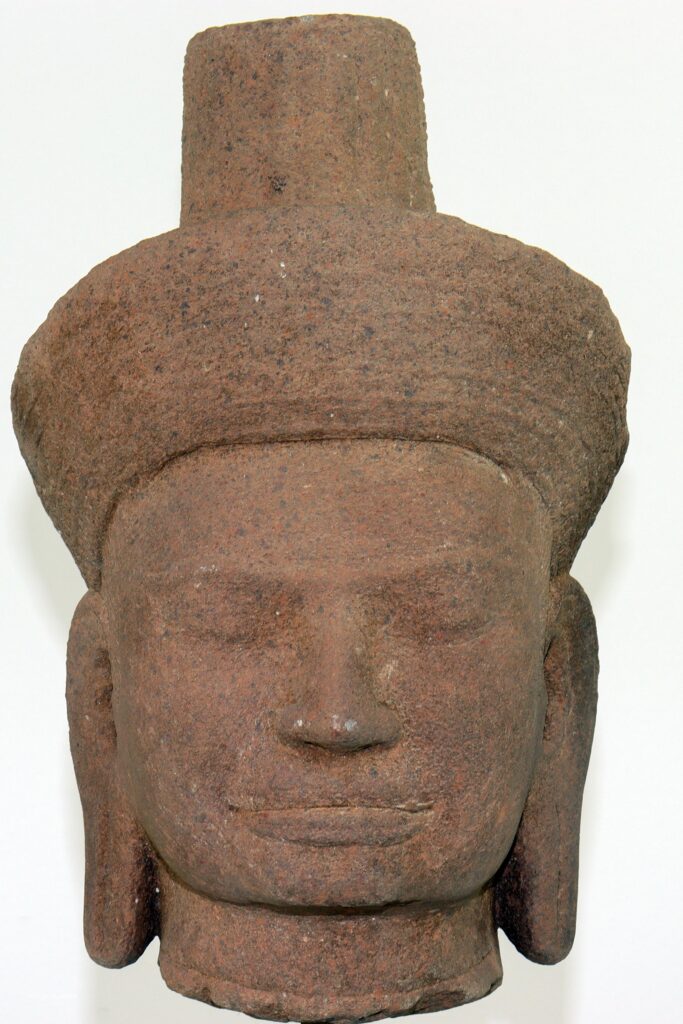
Burma
Old Buddha heads: Material alabaster.

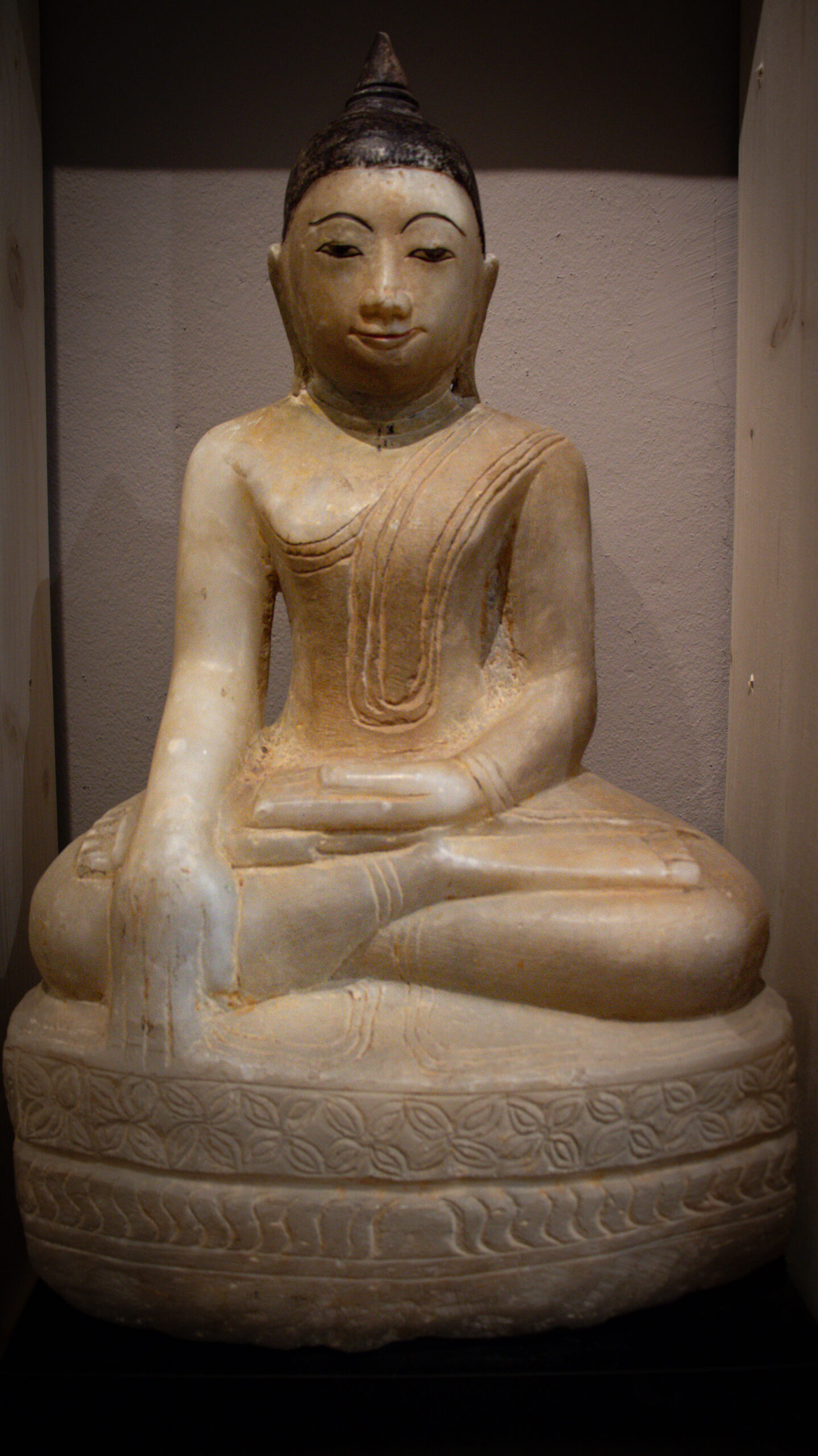

China
Tang Dynasty
Chinese imperial dynasty from 617/618 to 907, considered the most powerful empire in all of Asia, it was the pinnacle of Chinese poetry. Poetry. During this dynasty, the expansion along the Silk Road took place, merchants flowed into the country and promoted urban culture. New developments emerged, e.g. the polo game adopted from Persia. Horses and equestrian figures are characteristic of this dynasty. Horses were revered creatures that were regarded as relatives of the mythical dragon. The speed and endurance of these revered animals ensured the protection of the northern borders against invaders. The horse became a status symbol for the aristocratic elite, and polo became a popular entertainment.
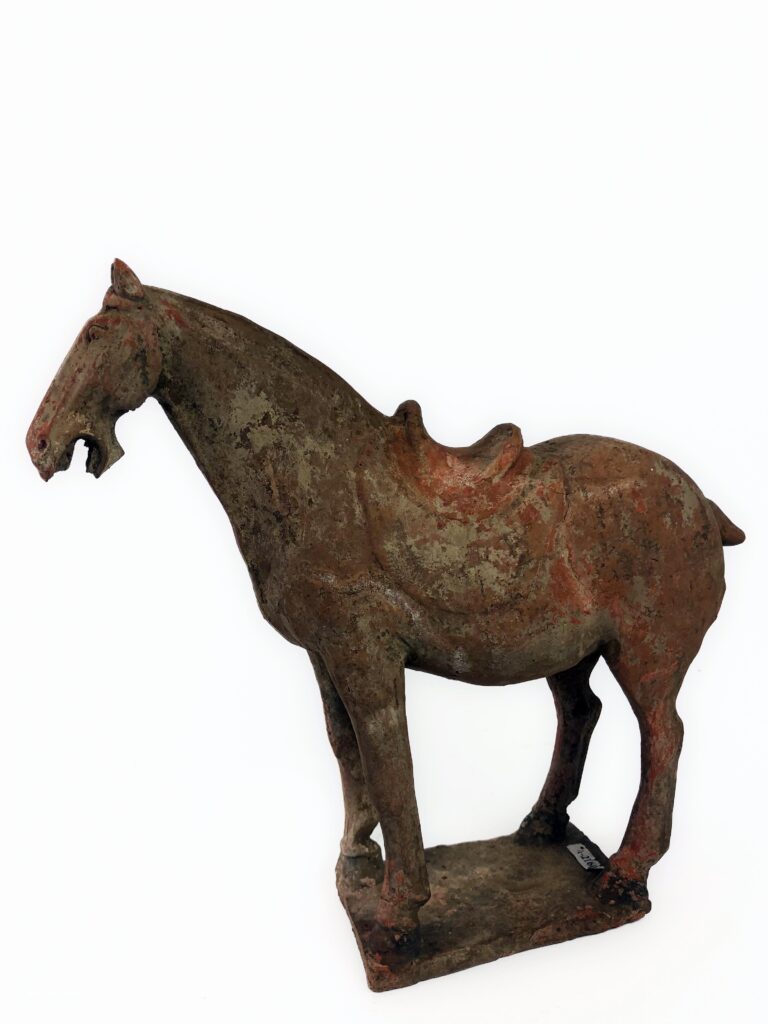
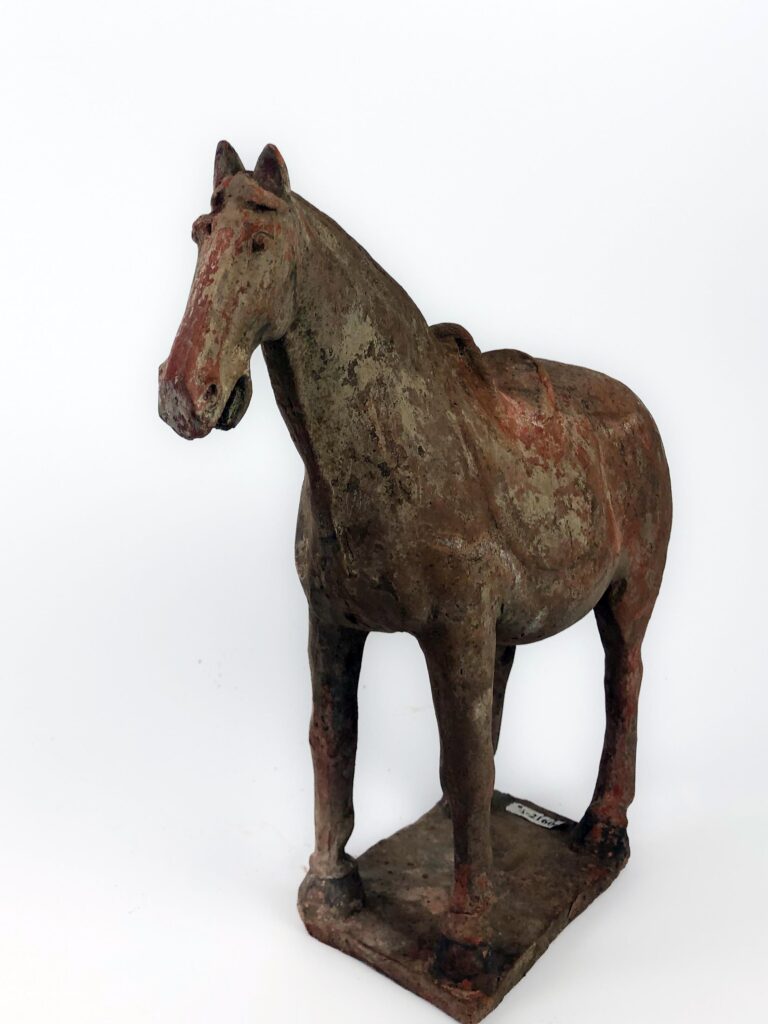
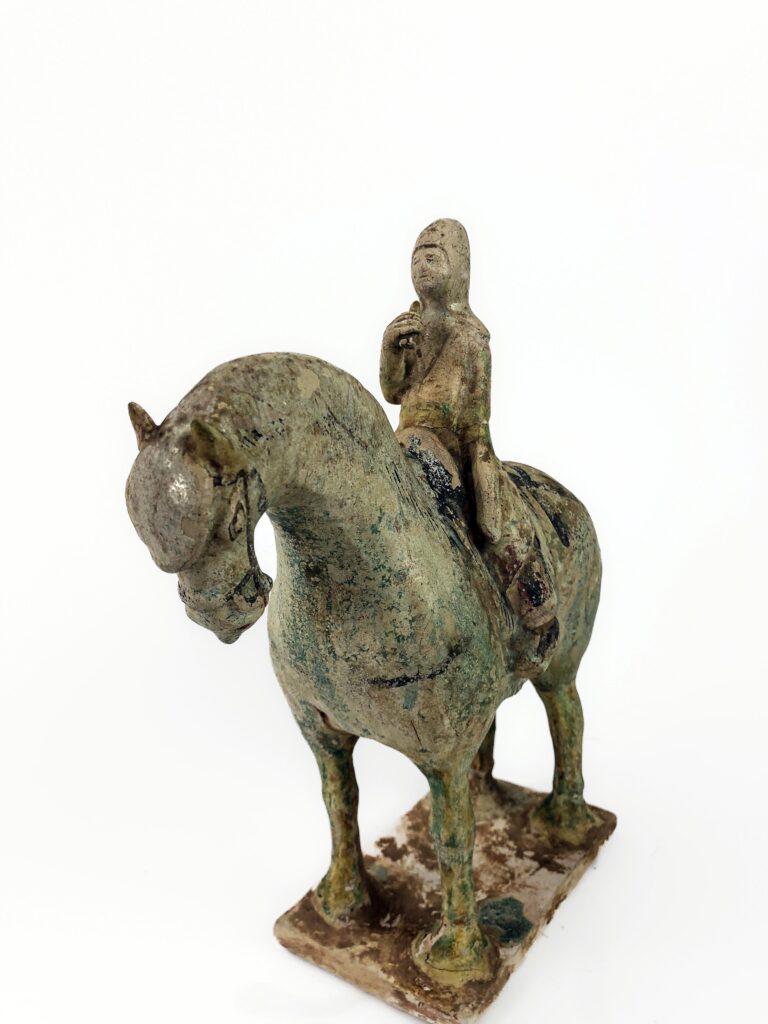
Masks and Sculptures
South America
Pre Columbian Art
Chancay Culture
15th century: central coast of Peru. The culture named after the river Chancay is one of the most important as well as one of the least known cultures. Outstanding is the pottery, most of which was discovered as grave goods in large burial sites. The ceramic double-body pipe with bridge handle and anthropomorphic figurine is one of the numerous musical instruments of the Cancay culture.

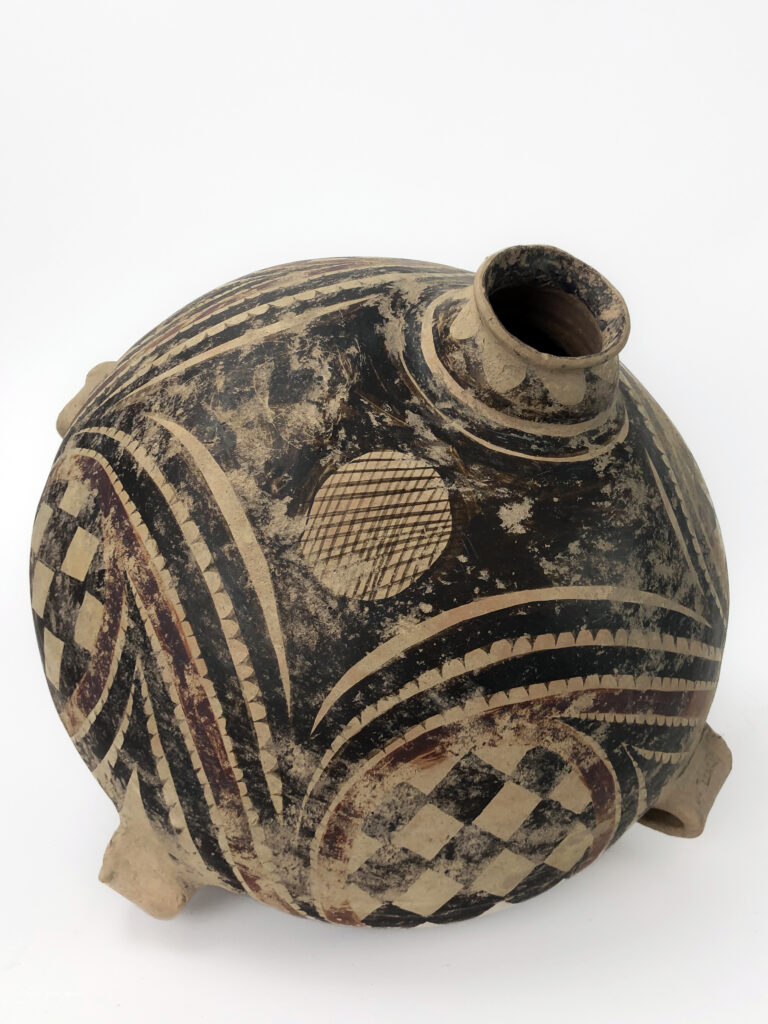
Other art wanted?
Check out our portfolio
We collected thousands of sculptures, masks, statues of ancient cultures all over the world from all continents. If you want to now more, please do not hesitate to contact us.
Please call us: +34 971 62 09 44
Contact us
Interested in collecting Art?
Visit our store in Santa Maria or visit us directly int the warehouse. Give us a call if you want to know more.
